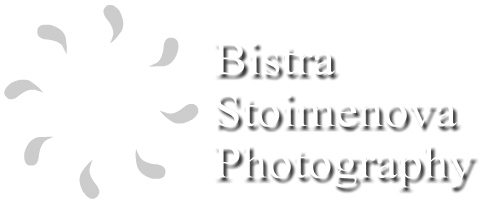Bulgarian food is amazing - tasty and delicious, made from fresh produce off the land. Most ingredients are locally grown for centuries and the recipes are immensely popular. Most Bulgarians can recognize at once many recipes, if shown a picture.
For the sake of my project though, I had to go on and deconstruct the images of food I have seen. I didn't need the glossy image worth of a restaurant menu. That would have made my project dull and mundane. I needed something more to stand out and throughout the module both tutors and fellow students was to experiment and come up with something interesting and novel.
For the better part of the module, I simply failed to figure out how to do that. Everything I seemed to do looked uninteresting and I didn't feel the images as mine or worth sharing to the world. It was so until I saw Irving Penn's work and was fascinated by his ideas of deconstructing the images of food. His images made me stop in my tracks, think, look again and then think again. I was fascinated by the way he managed to deconstruct food and traditional cuisine types in creating imagery that is both striking and amazing to look at.
Then it dawned on me that even though Irving Penn is extremely popular in the West, in Eastern Europe more elaborate and not so novel compositions are much more valued - some serene picture showing a still life of the cooked dish. No one had dared to try out Penn's approach. At least no one in Bulgaria. Most other images I have seen and most colleagues that do food photography try to be on the safe side and have more naturalistic saliva-inducing images.
No one has dared to try and see if Balkan food can be deconstructed. Maybe that person was me. But how do you deconstruct an image of a dish. In this approach, I am familiar with it because of my training as a specialist in English and American studies, the idea is not to show the whole but the unexpected parts it is made of. Hence the deconstruction idea. Dishes are organic whole once cooked. So the only two ideas that I could use to deconstruct them is to show a dish either before it is made or just after it is eaten. Penn made a great use of both approaches while he worked for Vogue.
No one has dared to try and see if Balkan food can be deconstructed. Maybe that person was me. But how do you deconstruct an image of a dish. In this approach, I am familiar with it because of my training as a specialist in English and American studies, the idea is not to show the whole but the unexpected parts it is made of. Hence the deconstruction idea. Dishes are organic whole once cooked. So the only two ideas that I could use to deconstruct them is to show a dish either before it is made or just after it is eaten. Penn made a great use of both approaches while he worked for Vogue.
Somehow (due to health issues too) I found the 'before' approach much more appealing and settled for showing the food before it is cooked which meant - taking creative images of the ingredients a dish is made of - preferably the uncooked, unpeeled and non-processed ingredients. The contrast with the traditional images I am used to taking was striking (as you can see below with the two versions of one and the same dish - the traditional version - image taken a few years ago and the deconstructed one) and I will keep using this style throughout the Culture Crossroads project work. I can even see images like that hanging on the walls of bars or restaurants.






No comments:
Post a Comment